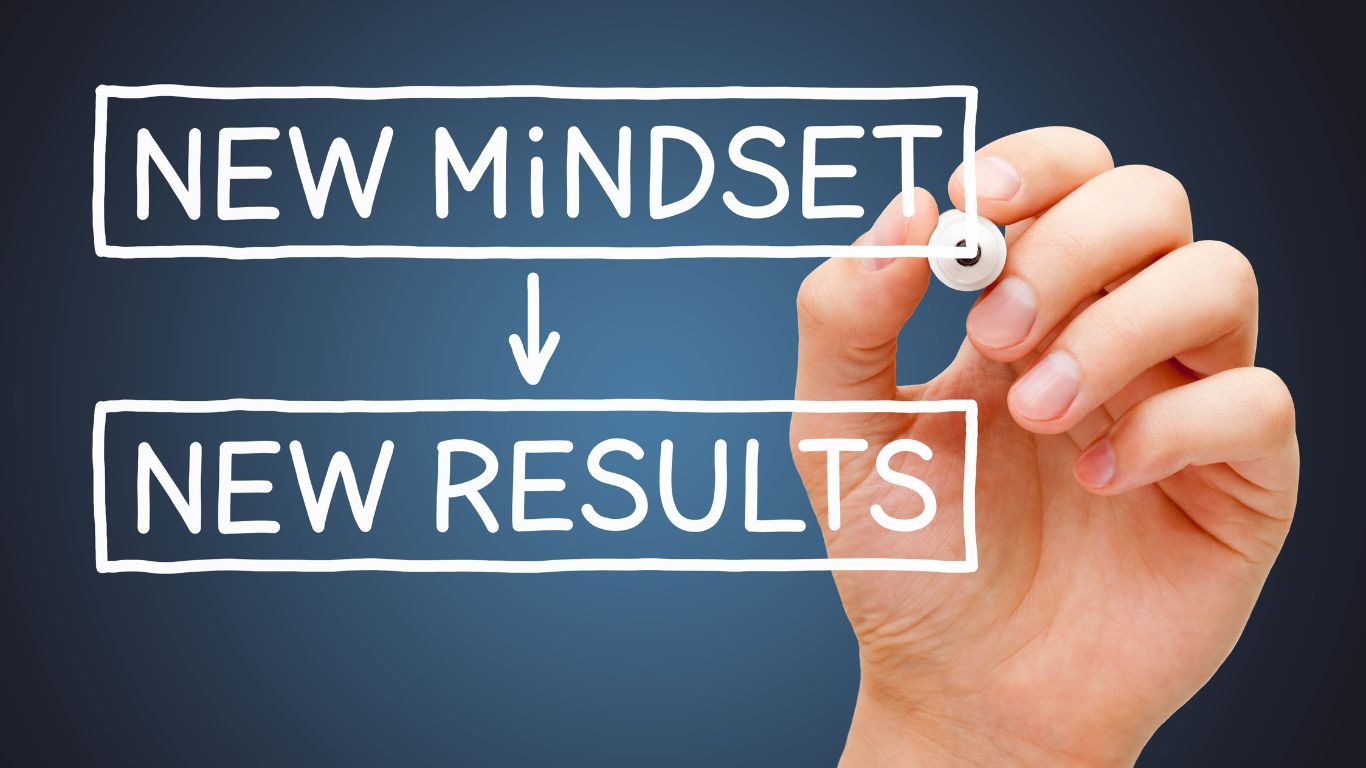Breaking Generational Patterns and Learning how to Enjoy Christmas Again
Okay, maybe you don’t celebrate Christmas or any holidays. But the holiday season can still be filled with stress, rush, overindulging, disappointment, family conflict, and stress followed by a major sigh of relief when it’s all behind us. Even our holiday movies are filled with family catastrophes before they end in happiness. This is an ancient global meta pattern. But can breaking generational patterns help us to find joy at this time of the year?
The holidays—whether you celebrate them or not—often times are when ancestral pain and multi-generational patterns are on full display. Yet, the potential for having fun during this time of year is enormous. All you have to do is take a look at things a little differently and learn how to deal with family stress and other triggers during the holidays
The happy mindset
In the West, the holidays are designed and expected to deliver a happy mindset and miracles. In fact, it is the one time of the year when a large number of people around the world—including non-Christians—are not resistant to great things happening. For example, soldiers putting down their rifles, crossing enemy lines, and joining one another in festive celebration for the day.
Why don’t we teach ourselves to take advantage of that? If we tune into that energy—the energy capable of remapping the brain for peace and brotherhood—creating the rewired brain, we stand a really good chance of creating a great festive season and delivering some miracles of our own.
In place of glum duty, we can consciously create benevolence, generosity, fun, and laughter. Having to go to Aunt Sally’s house for a turkey dinner can turn into an adventure. Even if you’re a vegan, you can still create a special dish everybody can enjoy. (Including you!) Now, suddenly, by expanding yourself there is a little more happiness in you and in the world. You’ve had one new thought (the special dish), you’ve also had one new feeling (excitement), as you’ve taken a new action (creating and bringing the dish).
The secret habits of happiness
Doing little things for ourselves and others is one way we evolve our happiness quotient. It isn’t about huge steps at a time, although it can be if you choose. It can be something as simple as noticing what’s going well even in the most difficult moments.
How to find happiness within yourself is a process starting with one new thought, feeling, and action at a time. Building on that step-by-step process, you begin to create strong relationships and joy. You begin rewiring and remapping the brain—your brain. Now a continuation of your sad or disappointing life is no longer the inevitable future.
Once you take this magical journey with commitment, it becomes very clear that you are not a victim, but a co-creating master of your own life and quite capable of unleashing the miracle of a happy mindset any time of year, any time you want, for any reason you choose.
Happily excited
The miracle of the holidays is that they call for the best in all of us to show up, take action, and offer a chance to make happiness a habit, not just something that happens at a set time of year. If you choose, you can make the entire year—your entire life—a festive season where you look forward to living every day, happily excited to be on this earth, capable of anything. Even turning a dreadful holiday dinner with Aunt Sally into a feast everyone can enjoy.
How to build a happy life
Want to know how to build a happy life? One way is to treat everyday like a holiday, a holy/wholly day where you unleash your joy and embrace life fully, simply because you can.
A good way to begin is by asking yourself what’s possible and “How can I make a positive difference?” There are opportunities every single day to be kind, to smile, to listen or to offer a helping hand. Most of these actions don’t cost a penny, but they make all the difference to others, to ourselves, to our own peace of mind, and to our relationships.
The more you invest in creating your own magic, the less entangled you are in multi-generational shackles. And this festive season is the perfect time to begin writing your own new chapter.
Quick exercise:
- What one limiting thing do you say, think, or feel about the holiday season?
- When did that start for you?
- What was happening in your life at the time?
- Is that still true?
- Does it serve you?
- Is it time to change that story?
- What one new thought, feeling, and action can you take to begin activating a happy mindset no matter what time of year it is?
- Contemplate the difference that will it make to you and those around you.
Remember, your happiness quotient is truly in your own hands. And it all starts with breaking generational beliefs and patterns—no matter what sets them in motion.
This year I want to challenge you to consciously build your happiness mindset starting with this festive season. Notice what one thing you can do to contribute to the miracle of rewiring your brain to think your way to better patterns and a happier more fulfilled life.
I look forward to showing you how to unleash your fullest potential and discover the superbeing in you. For more information about my 2024 events click here.











